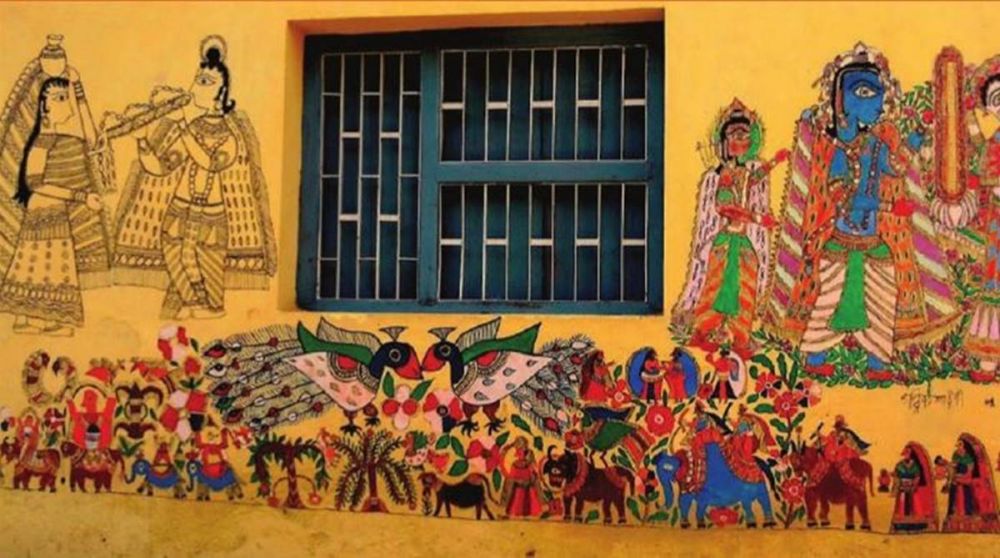

The history of tourism in Madhubani, located in Bihar, India, is intertwined with the heritage of the famous Madhubani paintings, also known as Mithila art. This traditional style of painting, originating from the Mithila region, is renowned for its vibrant colors, intricate patterns, and depiction of mythological and folk themes. Historically, these paintings were done on walls and floors of homes, but over time they have become iconic souvenirs for tourists to take home.
Madhubani paintings were traditionally done by the women of various communities in the Mithila region. It gained national and international fame when the All India Handicrafts Board promoted the art in the 1950s after a major drought. The transformation of this wall art into canvas and paper paintings led to increased visibility and a subsequent boost in tourism.
With the rise of cultural tourism, the quaint village of Madhubani saw a consistent flow of art enthusiasts, historians, and travelers keen to explore the rural birthplace of this unique art form. In recognition of its cultural value, Madhubani was marked as a tourist destination on the global map, leading to a substantial increase in visitors.
In recent years, experiential travel has become increasingly popular, and Madhubani has adapted to this trend. Tourists can now engage with the art in a more hands-on manner by participating in workshops conducted by local artists. This approach allows visitors not only to observe the art but also to understand the symbolism and techniques used, fostering a deeper appreciation.
Eco-tourism is also on the rise, with many visitors looking to experience the authentic rural lifestyle of the Madhubani region. In response, local homestays and eco-friendly accommodations have become more prevalent, offering a snapshot of life in the painting village while ensuring a sustainable approach to tourism.
Mithila art has played a significant role in empowering the local women artists by providing them with an independent source of income and the chance to gain international recognition for their talents. Through tourism, these artists have found a platform that celebrates their cultural heritage and, in turn, supports their community’s economy.
Madhubani art's UNESCO recognition as an Intangible Cultural Heritage has fueled the growth of tourism further. Art lovers and culturally curious tourists flock to Madhubani to witness the birthplace of this distinctive art form, providing a much-needed boost to the local economy.
Looking to the future, Madhubani aims to enhance its tourism infrastructure while preserving the essence of its artistic heritage. Plans for art galleries, cultural centers, and improved transportation are underway to cater to the increasing number of visitors while ensuring that the village's charm and the artists' well-being are not compromised.
In conclusion, Madhubani's status as an art village is solidified by its distinctive Mithila paintings, which continue to draw visitors from around the world, eager to explore the intricate beauty and cultural depth of this traditional Indian art.